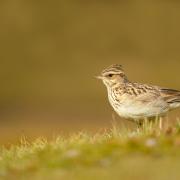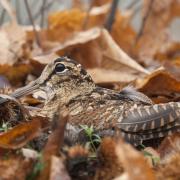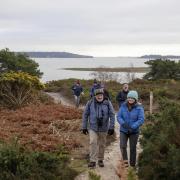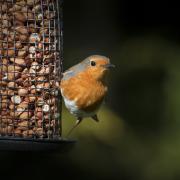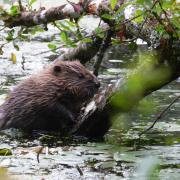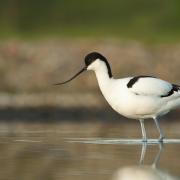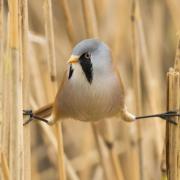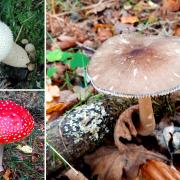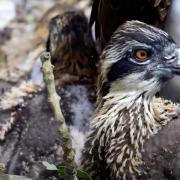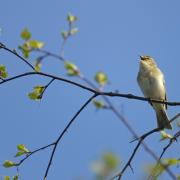A flower-rich meadow at Toller Porcorum has been selected as one of a number of donor sites under a new scheme which aims to save these vital wildlife habitats
Yellow rattle, bird’s foot-trefoil, corky-fruited water dropwort, knapweed, devil’s-bit scabious – meadows are about far more than bewitching names and grasses. This rich mix of plants nurtures a myriad of insects from bees and butterflies to beetles and grasshoppers, and these in turn feed birds, bats and mammals. A traditional meadow quite literally hums with life and is a quintessential part of the British landscape, but it’s also a habitat under threat. Estimates suggest that the proportion of meadows grassland that has been lost nationally could be as high as 97%.
The Coronation Meadows project, initiated and supported by the Prince of Wales, was launched in June 2013 to preserve the ancient examples of meadows that remain – and restore or establish new ones. The project, which marked the 60th anniversary of the Queen’s coronation, began by identifying sixty well-established flower-rich meadows. Now seeds from these flagship meadows are being used to create new meadows, at least one in every county.
One of the Dorset meadows selected as a donor site is Lady’s Mead at Kingcombe Meadows reserve at Toller Porcorum, which is owned by Dorset Wildlife Trust (DWT).
Nick Gray, DWT’s West Dorset conservation officer, identified a suitable recipient site just a mile from Lady’s Mead. “It’s just the right size,” says Nick. “The ideal ratio is one hectare of donor crop to three hectares on the recipient site; the recipient site is nine hectares and Lady’s Mead is about three.”
Preparation at the recipient site involved hard harrowing to remove as much of the existing grass as possible and leave about 50% bare earth. Then it was all systems go. “We selected the best bits of Lady’s Mead and took a cut of green hay in July last year, just when the flowers were in full bloom and the seed was forming,” recalls Nick. “We drove it as fast as we could to the new site so the seeds wouldn’t be damaged by overheating. And then we spent the day spreading the green hay all over the site. People worked non-stop all day, just as they would have when mowing parties used to go out and cut the fields.”
So what is it that makes meadows such as Lady’s Mead and the other flagship Coronation Meadows so special? A large part of their appeal lies in the enormous range of plants they support. Nick lists some of his favourites and their local country names. “Knapweed, with its purple flowers, is also known as chimney sweep and shaving brushes – and bachelor’s buttons. There are about 60 vernacular names for bird’s-foot trefoil, which shows how common it used to be. They include eggs-and-bacon, Tom Thumb, and, because of the shape of its seed pods, grandmother’s toe nails.”
Bird’s-foot trefoil is also one of the plants designated a ‘Dorset notable’ and its presence, says Nick, is one of the key indicators of a healthy traditional meadow.
The devil’s-bit scabious, the food plant of the rare marsh fritillary butterfly, is another plant whose common name is steeped in folklore. “It has really deep roots that come to an abrupt end. The story is that the devil was jealous of its healing properties and reached up from below to bite off the root. A lot of herbs are deep-rooted and draw up trace minerals,” explains Nick.
The healing properties of certain meadowland herbs mean that some farmers refer to meadows as “hospital fields” or “well fields” where they put animals to help them thrive.
The rich mix of meadow plants provides cover and food for an enormous variety of invertebrates including butterflies.
“Classic meadow butterflies include the meadow brown and the skippers,” says Nick. “We also see the chimney sweeper moth at Kingcombe. Froghoppers are another interesting insect – cuckoo spit is the foam surrounding the nymphs. And long-eared bats and pipistrelles come in at night to feast on moths and other insects.” DWT advises Dorset landowners and farmers on how to manage grassland through their grassland restoration project, Pastures New. The Wildlife Trusts nationally are petitioning the government to take account of wildlife-rich grasslands when making key decisions about the Common Agricultural Policy and support farmers so they can look after this valuable habitat.
Though Dorset’s former landscape of extensive meadows will never be entirely restored, by working together to cherish, protect and extend what remains, the meadows and wild flowers will become a thriving reality for future generations to nurture and enjoy.
--------------------------------------------------
Read on
Secret gardens to visit in DorsetA selection of spring gardens to visit in Dorset








